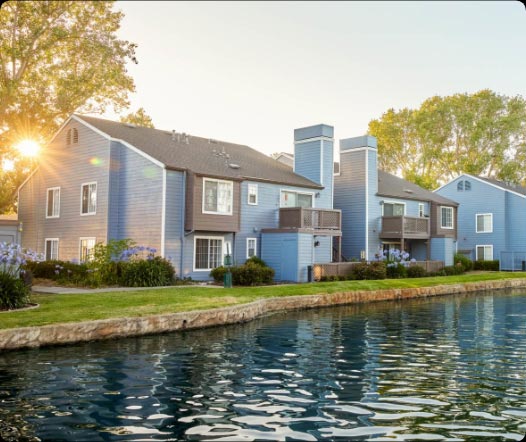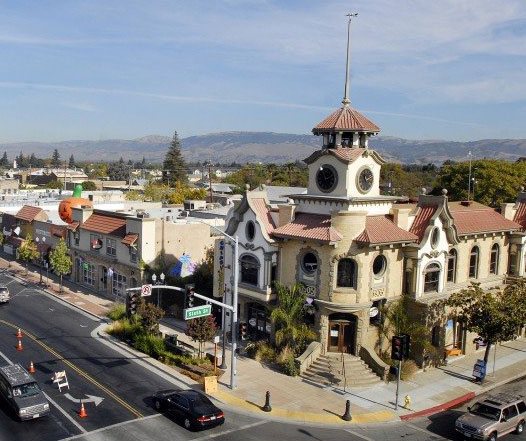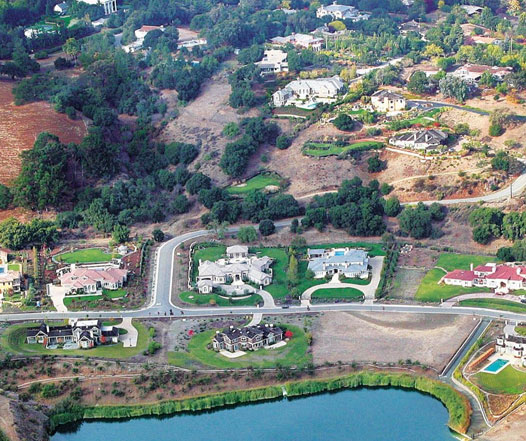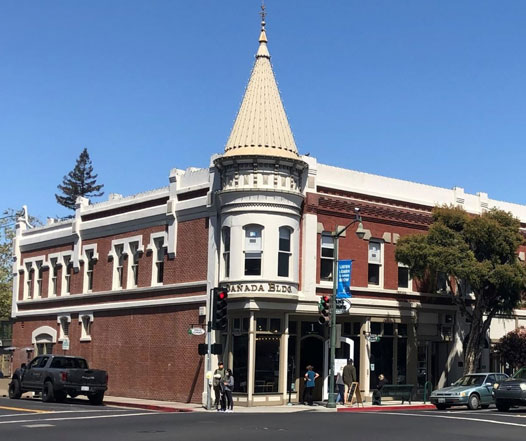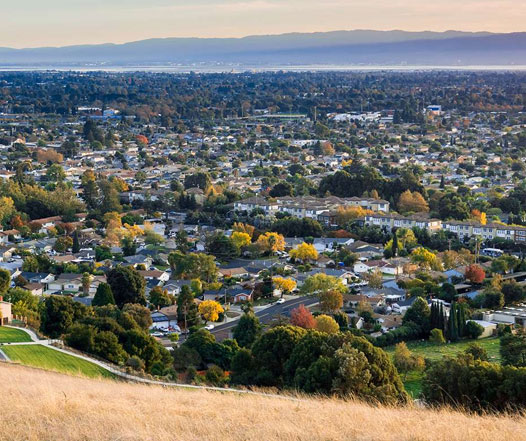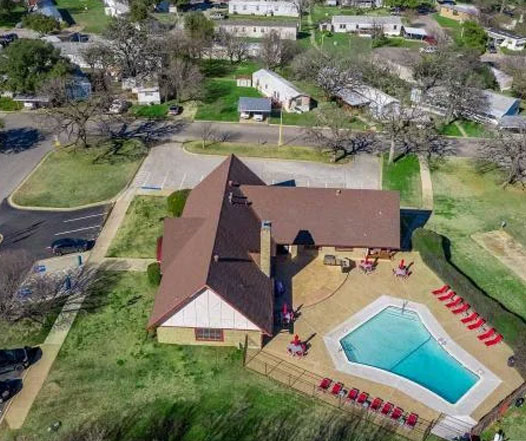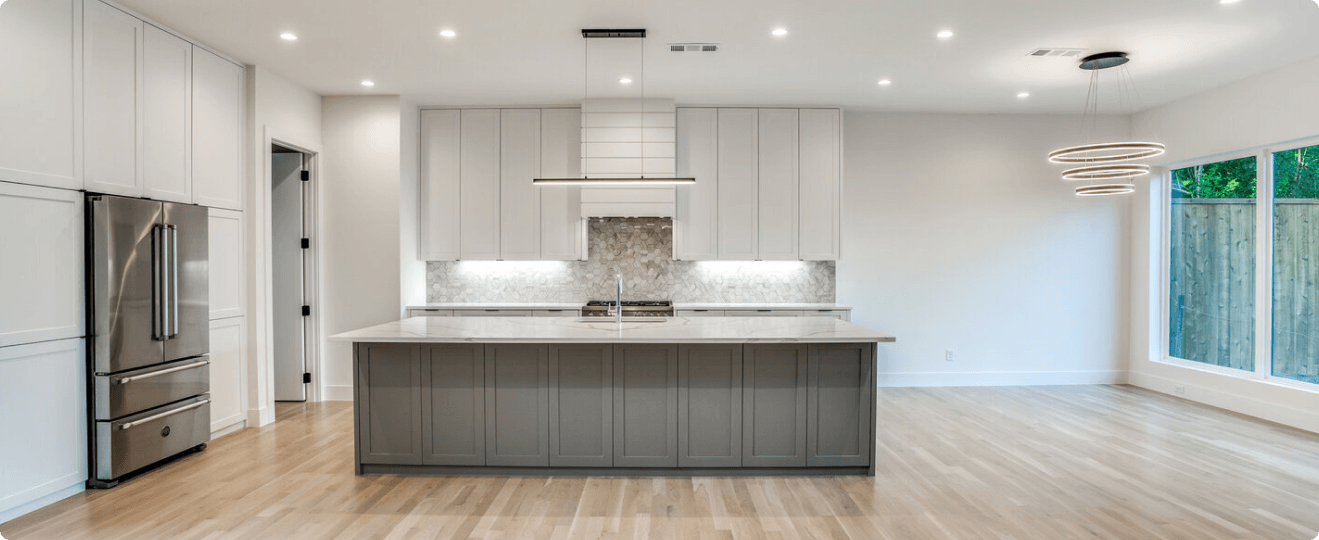
Introduction
Livermore has established clear and comprehensive rules and regulations regarding Accessory Dwelling Units (ADUs) to ensure orderly development and maintain the city’s unique character. These regulations are designed to provide flexibility for homeowners while preserving the integrity of residential neighborhoods. ADU Specialist Bay Area is here to assist homeowners in navigating these regulations, ensuring compliance, and facilitating a smooth ADU development process in Livermore.
Essential ADU Rules for Livermore
What you can build
Maximum size
ADUs can be built up to 1,000 square feet.
Side / rear setbacks
A minimum setback of 4 feet from property lines.
Two stories
Two-story ADUs are permitted under specific conditions.
Building separation
A minimum of 10 feet is required between buildings.
Permitting timeline
Standard
Typically takes around 60 days.
Coastal
Not applicable as Livermore is not a coastal city.
Zoning Regulations in Livermore
Livermore’s zoning regulations for ADUs are crafted to promote balanced development. The city allows ADUs in most residential zones, ensuring that these units complement the existing neighborhood structures and aesthetics.
ADU Size Limitations
| Lot Size | Single-Family (Maximum Floor Area Allowed) | Duplex and Multi-Family (Maximum Floor Area Allowed) |
| Under 7000 | 700 sq ft | Not permitted |
| 7000 - 9999 | 800 sq ft | 1 ADU + 400 sq ft per existing unit (up to 1000 sq ft max) |
| 10000 - 12999 | 900 sq ft | 1 ADU + 450 sq ft per existing unit (up to 1000 sq ft max) |
| 13000 - 19999 | 1000 sq ft | 1 ADU + 500 sq ft per existing unit (up to 1000 sq ft max) |
| 20000+ | 1000 sq ft | 1 ADU + 550 sq ft per existing unit (up to 1000 sq ft max) |
ADU Height Limitations
Livermore permits ADUs up to 16 feet in height, ensuring they integrate well with existing residential structures.
Building coverage
The total building coverage for ADUs should not exceed 40% of the lot area.
Location
| Property Type | Location Requirement |
| Single-Family Homes | Attached ADUs: Must share at least one wall with the main dwelling. |
| Detached ADUs: Must be located in the rear yard. | |
| Junior ADUs (JADUs): Must be within the main dwelling structure. | |
| Duplex and Multifamily | Attached ADUs: Can be integrated into the existing building. |
| Detached ADUs: Allowed in designated rear yard areas. |
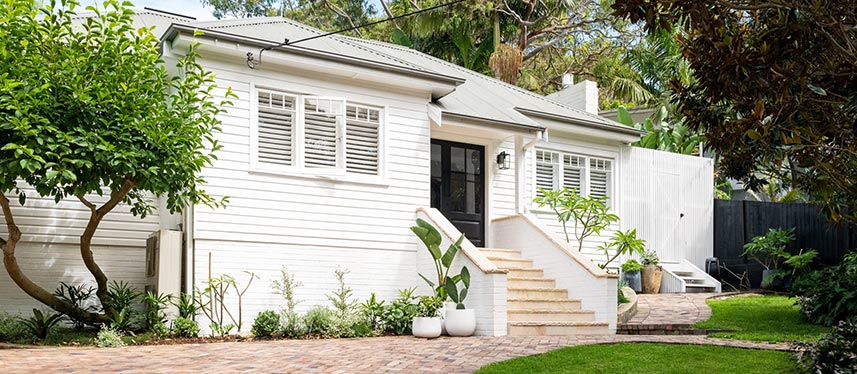
Exterior details
Exterior design and materials for ADUs in Livermore must match the primary residence, ensuring visual harmony within neighborhoods.

Parking
ADUs in Livermore require one additional parking space per unit, which can be accommodated in a driveway or designated parking area.
Setbacks and buffer zones
A minimum setback of 4 feet is required from side and rear property lines for ADUs in Livermore, ensuring adequate space and privacy.
Minimum Lot Area
| Lot Size | Minimum Lot Area for ADU | Description |
| Under 7000 | ADUs not permitted | Properties under 7000 sq ft are ineligible. |
| 7000 - 9999 | 7000 sq ft | ADUs allowed on lots 7000 sq ft or larger. |
| 10000 - 12999 | 10000 sq ft | ADUs permitted on 10000 sq ft lots. |
| 13000 - 19999 | 13000 sq ft | Larger lots of 13000 sq ft qualify. |
| 20000+ | No minimum lot area requirement | Any lot size over 20000 sq ft qualifies. |
Connection for utilities
All ADUs must be connected to the primary residence’s utilities, including water, sewer, and electricity, ensuring seamless integration.
Fire safety
ADUs in Livermore must comply with all local fire safety regulations, including the installation of smoke detectors and fire extinguishers.
Room specifications
- Sleeping Areas: Must provide adequate space for a bed and storage.
- Kitchen: Requires a functional cooking area with a stove, sink, and storage.
- Bathroom: Must include a toilet, sink, and shower or bathtub.
- Storage: Adequate storage solutions must be incorporated into the ADU design.
Short-term Rentals and Home Occupations Regulations
Short-term rentals of ADUs are permitted in Livermore, provided they comply with city regulations. Home occupations are also allowed, following specific guidelines.
Building codes
All ADUs must adhere to Livermore’s building codes, ensuring safety and structural integrity.
Livermore ADU Permit Guidelines
| Permit Type | Description | Estimated Fee |
| Building Permit | Required for ADU construction. | $2500 - $5000 |
| Electrical Permit | Necessary for electrical work. | $400 - $700 |
| Plumbing Permit | Required for plumbing installations. | $400 - $700 |
| Mechanical Permit | For HVAC and other mechanical work. | $400 - $700 |
| Grading Permit | Needed for land grading activities. | $300 - $500 |
| Site Development Permit | For site-specific development plans. | $300 - $500 |
| Zoning Permit | Necessary for zoning compliance. | $200 - $400 |
Property requirements
Properties must meet specific criteria, including zoning, lot size, and location, to qualify for ADU development in Livermore.
Parking
One additional parking space is required per ADU, which can be accommodated on-site.
Front setbacks
A minimum front setback of 15 feet is required for all ADUs.
Side and rear setbacks
A minimum setback of 4 feet is required from side and rear property lines.
Open space and rear yards
ADUs must leave at least 30% of the lot’s rear yard area as open space.
Properties that qualify
To determine your property’s eligibility for ADU development, contact the Livermore Planning Department.
- Verify that your property is within Livermore’s jurisdiction.
- Check the specific residential zones that permit ADUs. Common zones in Livermore include R-1, R-2, and R-M.
- Other General Plan designations that permit ADUs:
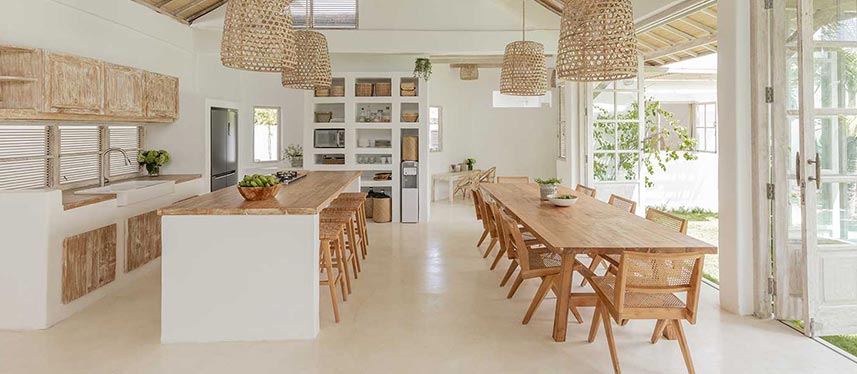
- Residential Mixed-Use (RMU): Encourages a blend of residential and commercial uses.
- Transit-Oriented Development (TOD): Promotes higher density residential development near transit hubs.
- Specific Plan areas: Allow for tailored development standards within designated areas.
Development standards
Single-family
- Attached: Must share at least one wall with the main dwelling and maintain the same exterior design.
- Detached: Must be located in the rear yard and match the primary residence’s architectural style.
Duplex properties
- Attached: Can be integrated into the existing duplex structure, maintaining the same design.
- Detached: Allowed in the rear yard, with design consistency to the main buildings.
Multifamily properties
- Attached: Permitted within the existing multifamily structure, adhering to design standards.
- Detached: Allowed in designated areas, following architectural guidelines.
Junior ADUs (JADUs)
Must be contained within the main dwelling unit and can be up to 500 square feet, including separate entrances and kitchenette facilities.
Property designations
- Flood Zones: ADUs are permitted but must comply with floodplain management regulations.
- Geohazard Zones: Require additional geological assessments to ensure safety.
- Historic Designation: ADUs must preserve the historic character and receive additional approvals.
- Easements: ADUs must respect existing easements and cannot be built on them.
Summary
Livermore’s ADU regulations are designed to provide opportunities for additional housing while maintaining the city’s character and ensuring safety and compliance. ADU Specialist Bay Area can assist homeowners in navigating these regulations, ensuring a smooth and compliant development process.
FAQ
Livermore permits attached, detached, and junior ADUs under specific conditions outlined in city regulations.
Yes, ADUs have specific size limitations based on lot size and zoning requirements.
Livermore requires a minimum setback of 4 feet from side and rear property lines for ADUs.
ADUs in Livermore are limited to a maximum height of 16 feet to ensure compatibility with existing residential structures.
Yes, two-story ADUs are permitted, provided they meet the city’s design and setback requirements.
Homeowners must submit plans and obtain various permits, including building, electrical, and plumbing permits, from the city.
The standard permitting timeline is around 60 days, depending on the complexity of the project and compliance with regulations.
Yes, one additional parking space per ADU is required, which can be accommodated on-site.
ADUs must match the architectural style and materials of the primary residence to maintain neighborhood aesthetics.
Yes, ADUs can be rented out, including short-term rentals, provided they comply with city regulations.
ADUs must be located in designated residential zones and meet specific setback and lot coverage requirements.
ADUs must be connected to the primary residence’s utilities, including water, sewer, and electricity.
Yes, but they must preserve the historic character and receive additional approvals from the city.
The minimum lot size requirements vary based on the specific ADU type and location within the city.
Yes, garage conversions are allowed, provided they meet the city’s ADU regulations and building codes.
Yes, there are various permit fees, including building, electrical, plumbing, and zoning permits.
ADUs must comply with local fire safety regulations, including smoke detectors and fire extinguishers.
ADUs must respect existing easements and cannot be built on them.
The number of ADUs allowed depends on the property size and zoning regulations.
JADUs must be within the main dwelling unit and can be up to 500 square feet, including separate entrances and kitchenette facilities.
Yes, properties in geohazard zones require additional geological assessments to ensure safety.
ADUs must leave at least 30% of the lot’s rear yard area as open space.
ADUs are permitted in flood zones but must comply with floodplain management regulations.
The General Plan designates specific areas for ADU development, including Residential Mixed-Use and Transit-Oriented Development zones.
ADU Specialist Bay Area provides comprehensive support, from initial planning to final construction, ensuring compliance with all city regulations.







